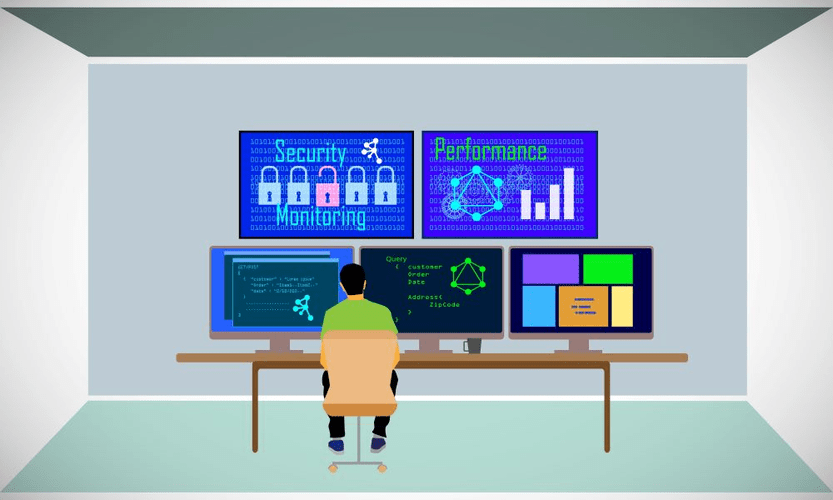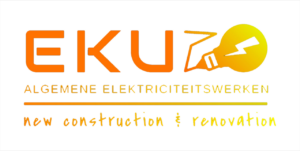CollabNet (software development & DevOps solutions) and VersionOne (agile software solutions & services) ALM solutions announced their merger in 2017. A software or an app development requires a reliable intercommunication for development and testing, resulting in the timely identification of an issue and finding a quick and appropriate solution for the same. Testing and Defect Management – By linking tests to design artifacts and requirements within an automated testing framework, team members can maintain a consistent quality throughout the development lifecycle.

As IT assets continue to become more and more necessary to companies’ day-to-day functionality, consistently maintaining and optimizing them becomes equally important. Effective ALM works to prevent potential disruptions caused by improperly imaged or obsolete assets altogether so that daily business always runs smoothly. Developing a comprehensive plan for change management in a data center helps prevent potential loss of bandwidth and operating speed. This area includes the deployment of the app and the maintenance of the technology stack. In the waterfall software development method, operation is a separate stage from development.
Best Managed Service Providers…
The bank’s mobile application team uses a cloud server to host the application code so that administrators can access it from a website. They also deploy the code in the app stores of popular mobile platforms so customers can download it directly. CI/CD introduces ongoing automation and continuous monitoring throughout the lifecycle of apps, from integration and testing phases to delivery and deployment. SDLC can be considered part of application life cycle management, primarily during the development, testing, and deployment stages. By strategically matching of assets and liabilities, financial institutions can achieve greater efficiency and profitability while also reducing risk. Organizations invest heavily on buying the best-of-breed tools for different lifecycle stages and for training people about these tools.
- Carrying the Load – There are high possibilities that the project might get stuck at some point.
- The practice of asset and liability management can include many factors, including strategic allocation of assets, risk mitigation, and adjustment of regulatory and capital frameworks.
- Altogether, CollabNet VersionOne provides better collaboration, visibility, agile portfolio management, idea management, support & metrics with many other solutions.
- The tools and techniques used in ALM create a consistent project view for all teams.
They can either support waterfall methodology or agile methodology or both. Smooth Development Process – Developing an application includes more of a team of developers, standardized processes, and documentation and not just only an awesome application developer. ALM tools can help you easily implant these processes and documentation in themselves by using them as a central hub for storing all the data related to the application development lifecycle. Application governance is the set of policies, procedures, and rules that organizations use to efficiently allocate resources during the application lifecycle.
User experience:
They analyze how the application will support them to meet their business goals and regulatory compliance requirements. Requirements management typically involves writing https://www.globalcloudteam.com/ user stories that show how different users will interact with the application. The tools and techniques used in ALM create a consistent project view for all teams.

There are several notable reasons why ALM has become increasingly essential to successful businesses. From streamlined daily operations to substantial cost benefits over time, organizations can expect to see some significant process improvements and more opportunities for scalability by implementing an effective ALM strategy. Rather than identifying and examining features and functions, VSM focuses on value streams to understand where processes can be improved, so that teams focus their energy on what works, and move away from what doesn’t. In other words, VSM offers visibility over complex processes through the perspective of the customer experience to improve alignment with business objectives and enhance agile and DevOps practices. They also need to ensure that, even if this is not properly defined in the requirements phase, the application will meet the user expectations and all the other stakeholders that will require to support it throughout its lifecycle.
Boosts development speed and quality
Best-practice processes adopted throughout the lifecycle stages constantly ensure that all the development activities are aligned with the ultimate customer requirements. Enable productivity improvement by analyzing trends and implementing metrics-based best management practices. Companies can use ALM tools to gather business requirements, better understand customer needs, create reports on usage of resources, and track issues with the computer program.
Supply Chain Traceability – Traceability is one of the most effective ways for risk management that counterfeit medical devices are avoided from approaching the user market. This can be done via record maintenance and visibility across the supply chain. This can help with complete traceability from the very beginning to the end. This traceability can help in mitigating any liability quickly and minimize the disruptions in the process, should any errors occur. Traceability is an effective risk management system that ensures that counterfeit medical devices are prevented from reaching the consumer market. ALM tools can enable manufacturers to set product validation configurations at every step throughout the process pipeline.
Operations and Maintenance
Release management also includes planning how the team deploys software changes over time. Agile development teams automate deployment to speed up the release of new features and updates. Tools and services like AWS CodeDeploy provide better deployment control and minimize errors in production. In the software testing phase, quality analysts assess the application to verify it meets requirements. They identify and prioritize any software errors or bugs, which the software development team then fixes.

Organizations find it difficult to keep all stakeholders in sync with the latest changes in application development and ensure the smooth change propagation through lifecycle silos. In the process, inconsistent information creeps in, resulting in wasted effort, productivity loss, incorrect delivery, and customer dissatisfaction. Organizations find it challenging to correlate application lifecycle items when they are maintained in isolated tools by people from different functional areas. Without an end-to-end traceability, enterprises will continue to deliver applications that diverge through the lifecycle from the original requirements.
Application development
By strategically matching assets and liabilities, financial institutions can achieve greater efficiency and profitability while reducing risk. The success of bank loan portfolios and pension plans depend on asset/liability management processes. Project milestones are one of the best what is a alm approaches to risk-based mitigations. The assigned tasks are also complemented with reviews that enable team members to be sure that everything is being accomplished according to the plan. When they can use the tools they are comfortable, they will be more satisfied and productive.
As such, shouldn’t our approach to creating applications change accordingly? In this article, I’ll look at the state of ALM today, and introduce an emerging approach more focused on value delivery called Value Stream Management. Application Lifecycle Management acronym ALM is a process of specification, design, development, and testing of a software application. Without ALM, it is hard for a software development team to produce software at the speed and agility needed to stay competitive.
Design
Requirements and constraints can easily be identified via integrated planning of the product. This would lead manufacturers to analyze the competitiveness through which potential risks down the road can be identified and the base requirements can be adjusted accordingly. ALM in its widest sense encompasses the co-ordinated management of the entire balance sheet. This encapsulates lending, funding, liquidity, capital and all that goes with it, including interest-rate risk, currency risk, margins and pricing. In this manner, AM acts as a service operation function that manages and supports applications and key stakeholders who provide operational proficiency or technical expertise through the lifecycle.

